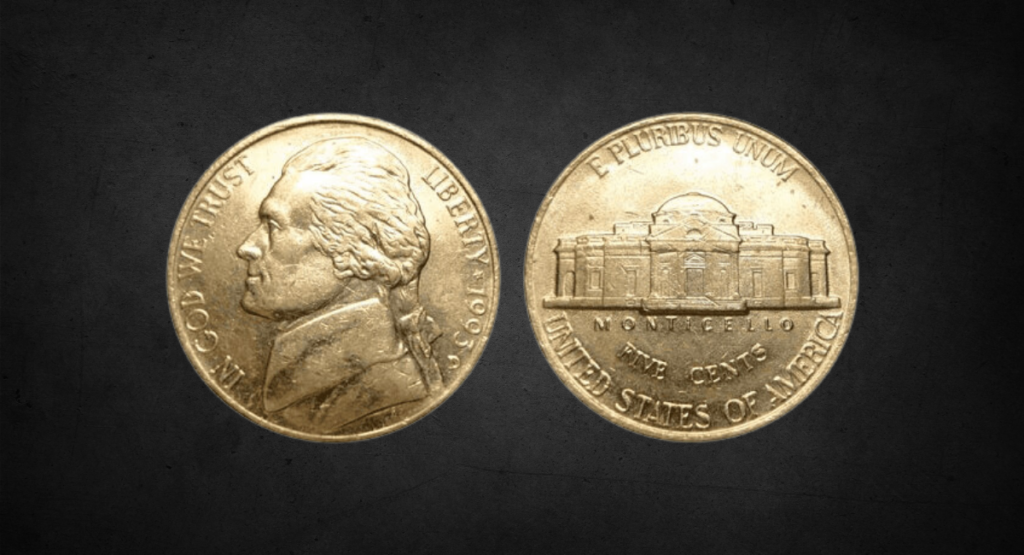The 1993 Jefferson nickel is a special coin that’s part of the long-running Jefferson nickel series. If you’re looking to complete your nickel collection, this coin is essential. In this article, we’ll explore the history, composition, and value of this nickel, making it easy for you to understand why it’s so important.
What Makes the 1993 Jefferson Nickel Special?

The 1993 Jefferson nickel is made of 75% copper and 25% nickel. This mix gives the coin its distinctive shiny appearance. Interestingly, the Jefferson nickel has mostly kept this composition, except during World War II (1942-1945) when nickel was removed from coins to help with the war effort.
Limited Edition Snowman Coin Could Be Yours: Here’s How!
A Quick History of the Jefferson Nickel
Before the Jefferson nickel, the Buffalo nickel (1913-1938) was in circulation. But because it was tough to produce, the U.S. Mint decided to change the design. In 1938, the Jefferson nickel was introduced, featuring Thomas Jefferson, the third U.S. president, on the front, and Monticello, his Virginia home, on the back.
Different Types of 1993 Jefferson Nickels
There are three main types of 1993 Jefferson nickels, each produced in different U.S. mints:
- 1993 D Jefferson Nickel
Minted in Denver with over 406 million coins made. You can find these nickels for $0.28 to $1.13 if they’re in circulated condition. - 1993 S Proof Jefferson Nickel
Made in San Francisco, this type is more collectible due to its shiny, detailed finish. Over 3.3 million proof coins were made, and they can be worth around $4 to $5. - 1993 P Jefferson Nickel
Produced in Philadelphia, with over 412 million made. Like the Denver nickel, these are affordable, costing around $0.28 to $1.13 depending on their condition.
Is Your Loose Change Hiding a $80,000 Secret? Check This Coin Now!
Common Errors in the 1993 Jefferson Nickel

With more than 821 million nickels made in 1993, some mistakes slipped through. These error coins can be quite valuable to collectors. Some of the most common errors include:
- Struck-through errors: When a foreign object gets stuck between the die and the coin, causing parts of the coin to look incomplete.
- Die crack errors: Caused by the die cracking from repeated use, leaving marks or lines on the coin.
- Clipped planchet errors: When part of the coin’s edge is missing, giving it an irregular shape.
- Nickel-clad errors: When parts of the nickel’s surface aren’t fully covered, leaving discolored patches.
How Much Is a 1993 Jefferson Nickel Worth?
The 1993 Jefferson nickel’s value depends on its condition. In circulated condition, it usually ranges from $0.28 to $1.13. If you find one in Mint State or with the “Full Steps” designation (meaning all the steps on the Monticello building are clear), it could be worth much more—sometimes even hundreds of dollars.
For example, a 1993 P nickel graded MS67 once sold for $6,900 at an auction!
How to Get the Best Deals at Coin Auctions: Insider Tips
Where Can You Buy or Sell a 1993 Jefferson Nickel?
If you’re looking to buy or sell a 1993 Jefferson nickel, there are many options. Online platforms like coin websites or auction sites can make the process easier. If you prefer in-person purchases, local coin shops or coin shows are also great options.

